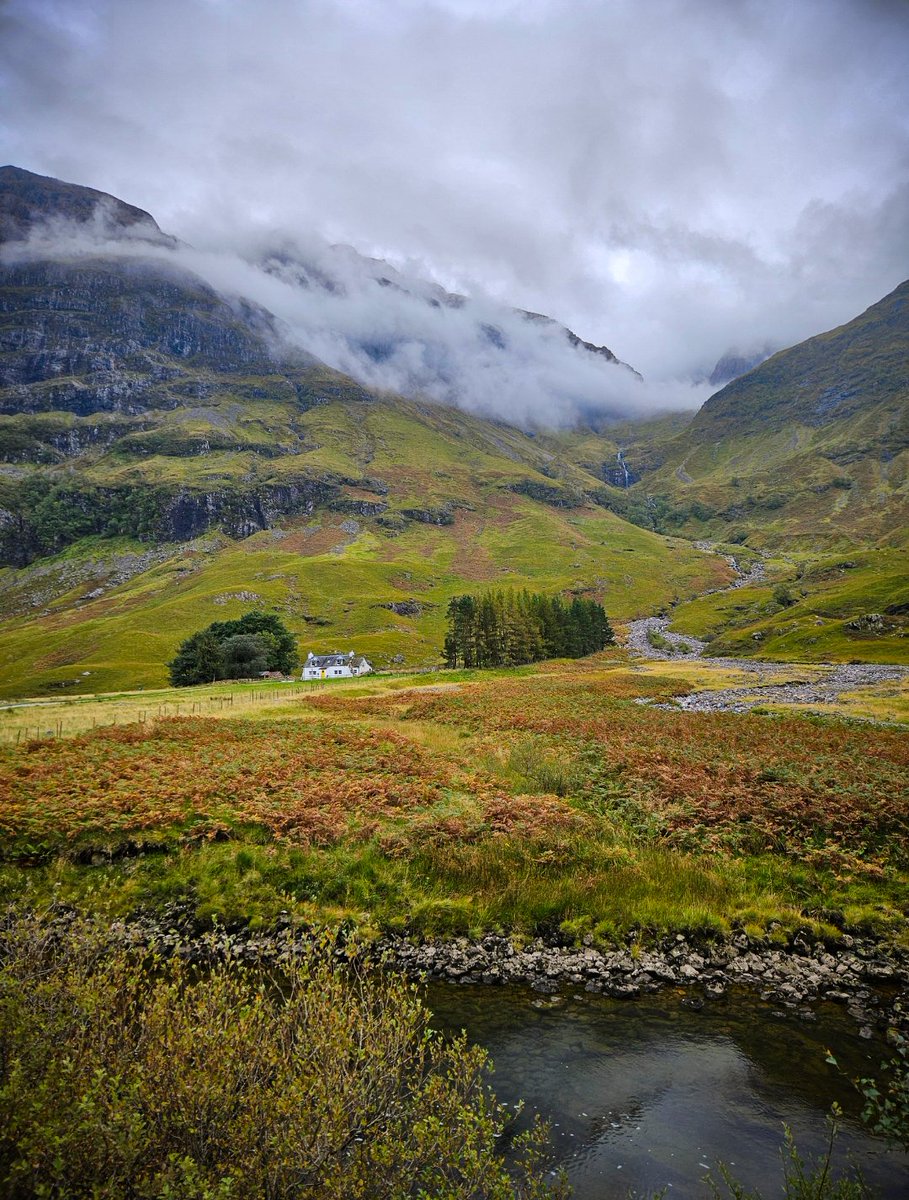After an action packed few days in Oban last week, my next dog-friendly #Woofhostelling stay with @hostellingscot was very different.
Molly and I spent a couple of nights on a slower paced but just as interesting trip at Cairngorm Lodge Hostel in the Cairngorms National Park!

Molly and I spent a couple of nights on a slower paced but just as interesting trip at Cairngorm Lodge Hostel in the Cairngorms National Park!


I didn't even have to leave the hostel to find my first story! During WWII, this old shooting lodge was home to Norwegian commandos known as Kompani Linge.
One day, an overeager soldier accidentally fired his gun indoors, shooting through a window pane that the hostel still has!
One day, an overeager soldier accidentally fired his gun indoors, shooting through a window pane that the hostel still has!

They were to be parachuted back into Norway to carry out raids and sabotage missions against the occupying Nazis.
The difficult terrain in the Cairngorms was the perfect training ground due to its similarity to Norway, so Molly and I went to check it out.
The difficult terrain in the Cairngorms was the perfect training ground due to its similarity to Norway, so Molly and I went to check it out.

Sticking close to the hostel, just a five minute walk away is Loch Morlich where we walked the flat 6km route around the edge - achievable for almost all abilities.
Dogs are even welcome in the boats and canoes that can be hired at Loch Morlich Watersports!

Dogs are even welcome in the boats and canoes that can be hired at Loch Morlich Watersports!


If you're looking for something a bit more challenging then 3-4 hours of walking will see you up Meall a Bhuachaille and back.
Molly hasn't done a lot of hiking recently, but this test proved that she's got a few Munros left in her! I'm not so sure I can still keep up though...
Molly hasn't done a lot of hiking recently, but this test proved that she's got a few Munros left in her! I'm not so sure I can still keep up though...

So after an enormous steak pie from the hostel restaurant, it was time to sit.
I caught up with a book and shared drams with other guests including a solo American visiting for work, two French girls hiking Ben Macdui and even Kathi from Watchmesee on her own Hostel adventure.
I caught up with a book and shared drams with other guests including a solo American visiting for work, two French girls hiking Ben Macdui and even Kathi from Watchmesee on her own Hostel adventure.

This is a place to get in touch with nature, from red squirrels running in the garden to grouse I heard up on the hills.
Take the dog hiking amongst the many peaks or just for a paddle in the Loch.
One of those lochs is extra special, but that's a story for another post...
Take the dog hiking amongst the many peaks or just for a paddle in the Loch.
One of those lochs is extra special, but that's a story for another post...

• • •
Missing some Tweet in this thread? You can try to
force a refresh










